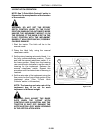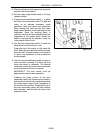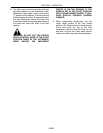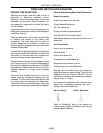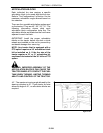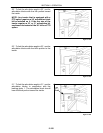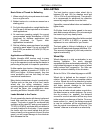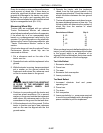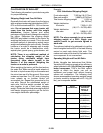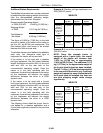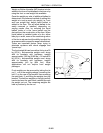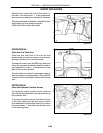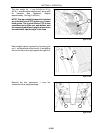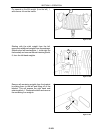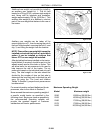
SECTION 2 - OPERATION
2-158
Rolling Resistance
The greatest loss of engine power occurs in the
area of traction factors such as rolling
resistance and wheel slippage. Those losses
will occur in any and every practical traction
situation.
Therefore, choosing the right amount of weight
is the first step. Too little weight permits
excessive wheel slippage while too much
weight increases soil compaction and rolling
resistance. Rolling resistance is the power
required to roll the tractor’s tires forward with no
load except weight.
Tractor Weight Distribution
Although Buhler Versatile 4WD tractors are
manufactured with an approximate weight
distribution of 65% to 67% over the front axle
and 33% to 35% over the rear axle, the intent of
the design is to have the tractor operating in the
field with an ideal 50/50 dynamic weight
distribution.
The benefits of operating a tractor in the field
under the ideal 50/50 dynamic weight
distribution are:
1. The work is divided equally between the
axles, allowing a more even distribution of
work and load.
2. Compaction is lessened since the axles are
the lightest force possible on the soil. If a
13,636 kg (30,000-lb.) tractor has a 50/50
split, each axle exerts a force of 6,818 kg
(15,000 lbs.). A 60/40 split would create an
8,182 kg (18,000-lb.) force under the heavier
axle, increasing the compaction by 1364 kg
(3000 lbs.).
3. Maximum traction, with the least rolling
resistance, is gained by distributing the load
equally between both axles.
4. With the total tractor weight equally divided
(under load) on all four wheels, you increase
reliability by spreading the torque output of
the tractor equally to all four wheels. The
greatest torque always goes to the wheels
with the most weight.



